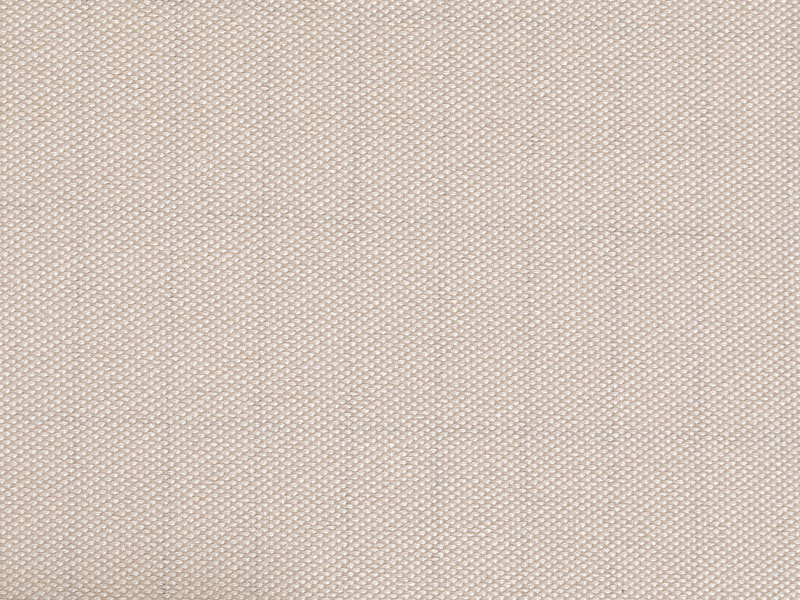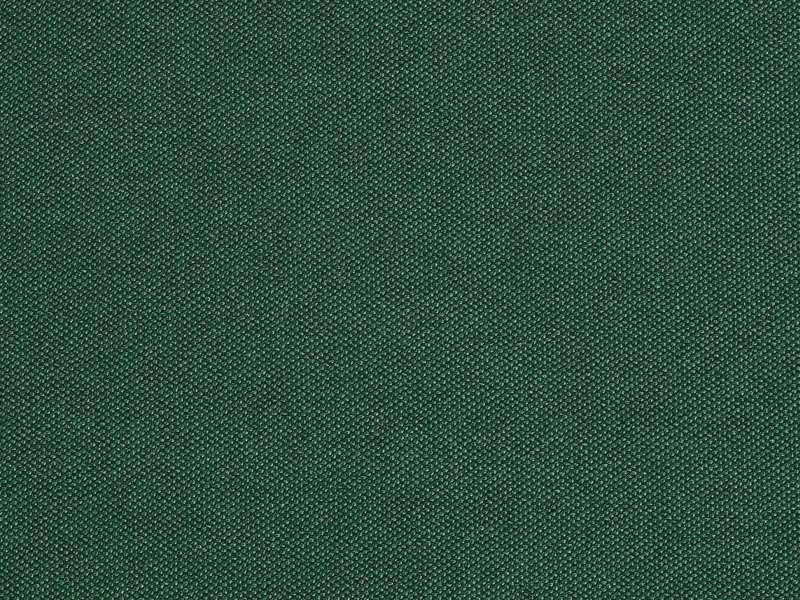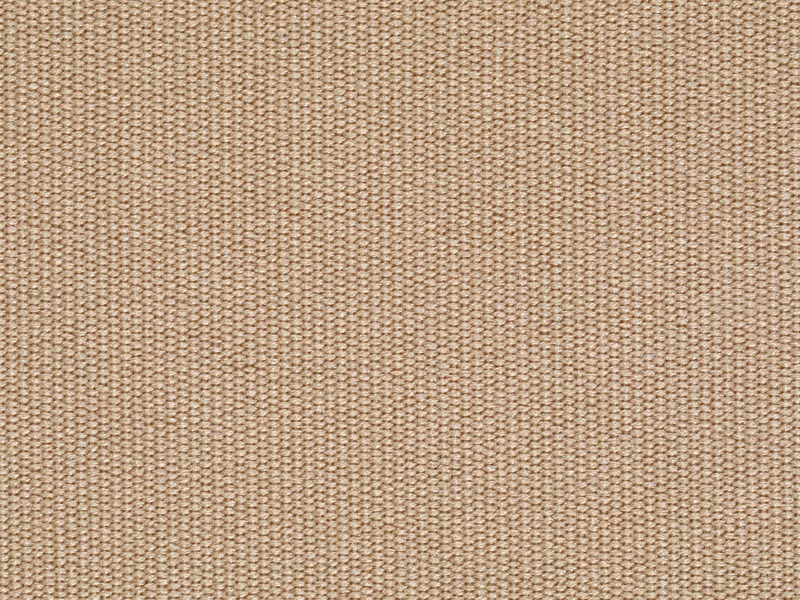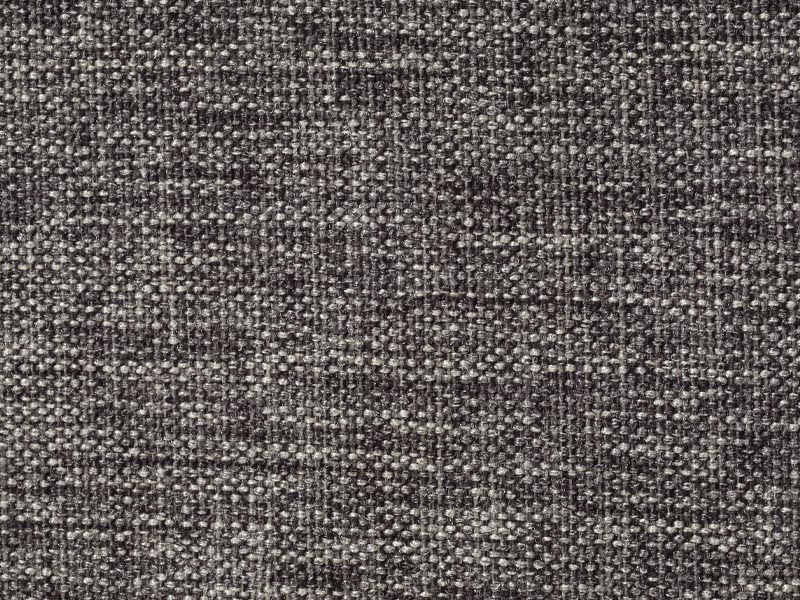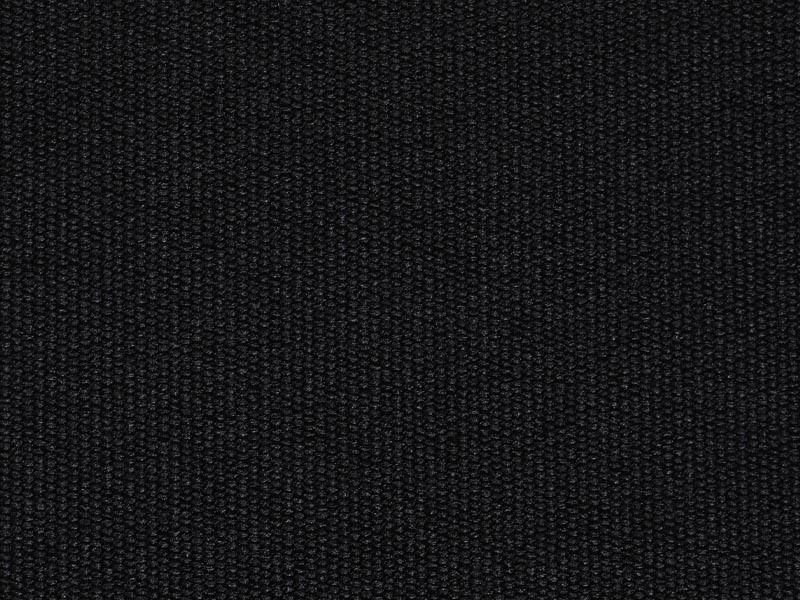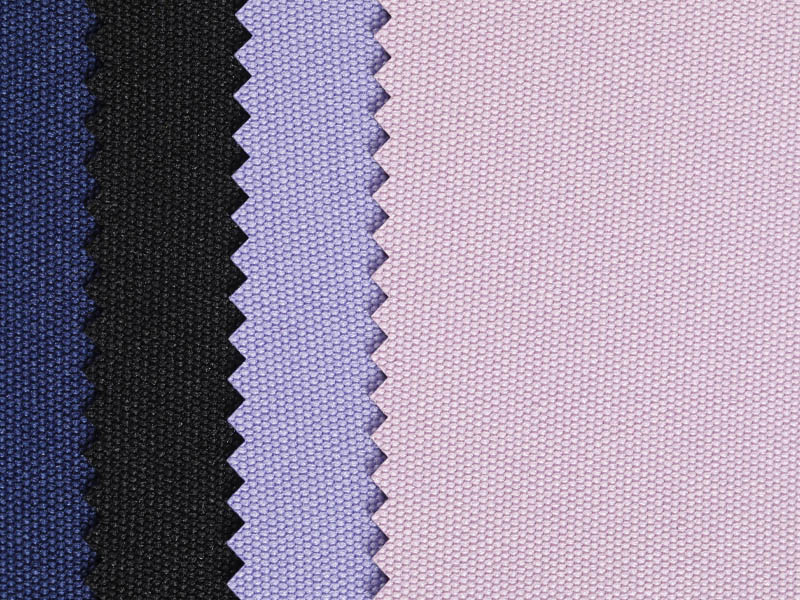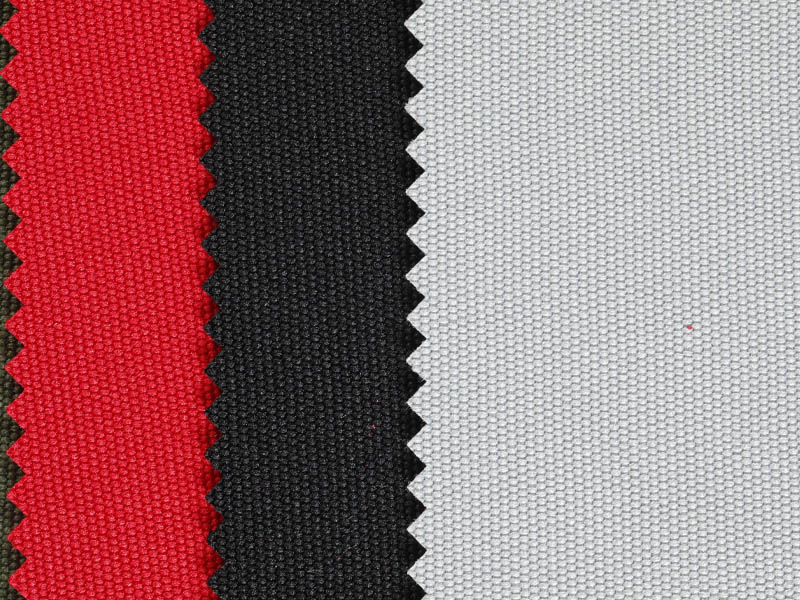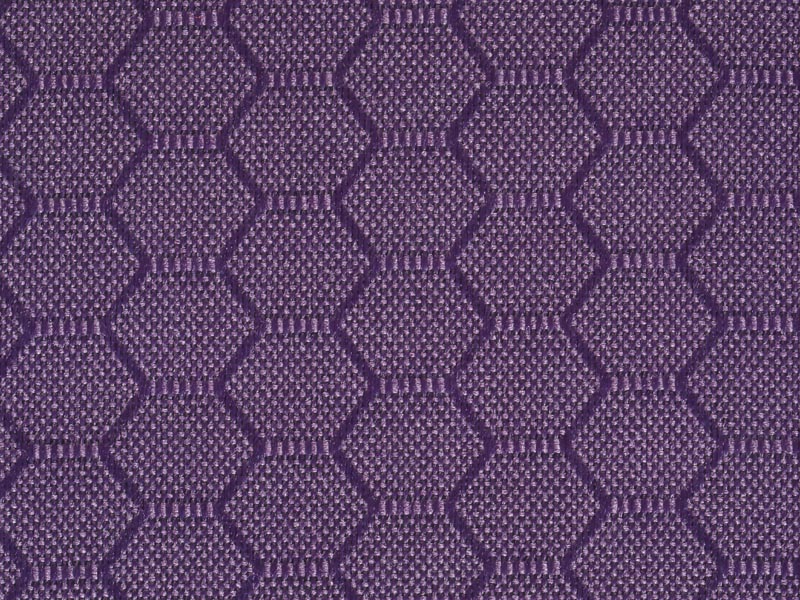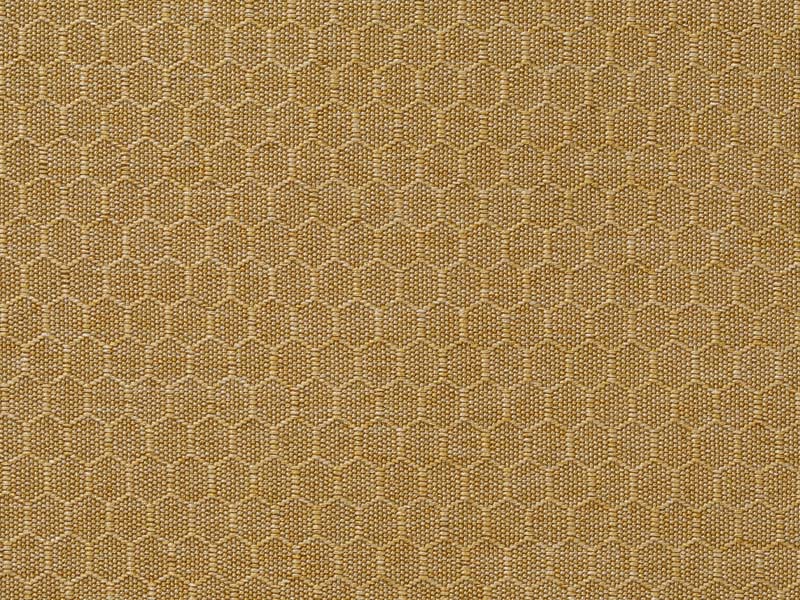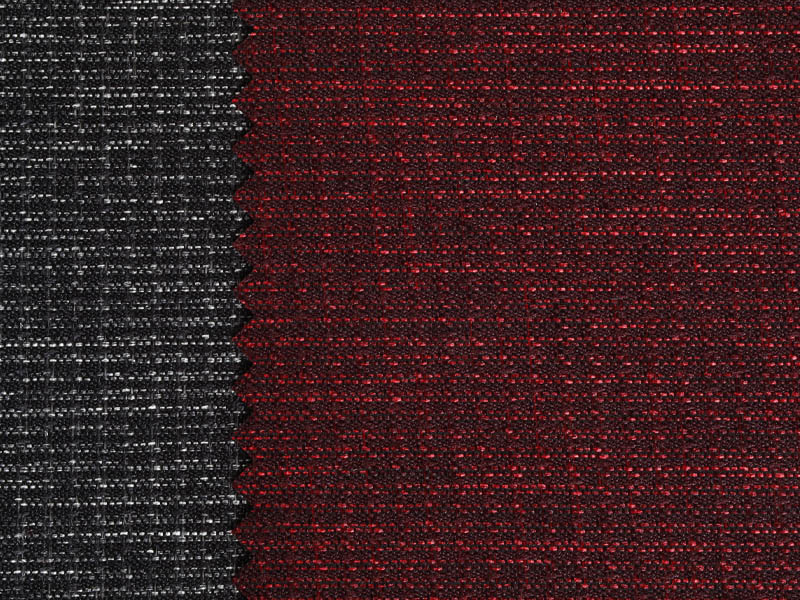The Influence of Traditional Textiles on Sofa Design
Posted by Admin
OEM sweat sofa fabric Manufacturer in China
In the realm of interior design, the impact of traditional textiles on contemporary sofa fabric choices is profound and increasingly relevant. As homeowners seek to infuse their living spaces with a sense of heritage and cultural richness, the traditional textile's influence on sofa design becomes more apparent. This phenomenon illustrates not only a reverence for history but also a creative fusion of the old with the new, resulting in distinctive and aesthetically compelling sofa fabrics that enrich modern interiors.
Traditional textiles, with their intricate patterns and rich textures, have long been celebrated for their craftsmanship and cultural significance. These fabrics often tell stories of the regions from which they originate, reflecting the values, traditions, and artistry of past generations. As such, they offer a unique resource for contemporary designers looking to imbue modern furniture pieces, such as sofas, with a sense of authenticity and depth.
Sofa fabric, as a key element in the overall design, plays a crucial role in defining the character and ambiance of a space. By incorporating traditional textiles into sofa fabric choices, designers are able to introduce a layer of historical context and elegance. This approach not only pays homage to traditional artistry but also creates a bridge between historical and modern design sensibilities.
One of the notable influences of traditional textiles on sofa fabric is the incorporation of classic patterns and motifs. Patterns such as paisleys, damasks, and ikats, which have been integral to traditional weaving practices, are frequently adapted into contemporary sofa designs. These patterns bring a timeless quality to sofa fabrics, adding depth and visual interest. The transition from traditional textile patterns to modern sofa fabric often involves a careful reimagining of scale, color, and texture, ensuring that the end result complements contemporary interiors while maintaining the essence of the original design.
The use of traditional dyes and weaving techniques in sofa fabric is another significant influence. Many traditional textiles are known for their vibrant colors and distinctive textures, achieved through age-old methods such as indigo dyeing or hand-weaving. Modern designers are increasingly drawing inspiration from these techniques, using them to create sofa fabrics that offer both visual appeal and tactile pleasure. The result is a sofa fabric that not only enhances the aesthetic of a space but also provides a sensory experience that connects the user with the rich heritage of the textile.
The integration of traditional textiles into sofa fabric design also extends to the choice of materials. Many traditional fabrics are made from natural fibers such as wool, silk, or cotton, which are prized for their durability and luxurious feel. By using these same materials in modern sofa fabrics, designers can achieve a high-quality finish that reflects the timeless appeal of traditional textiles. This approach ensures that the sofa fabric not only looks elegant but also stands up to the rigors of everyday use.
Another fascinating aspect of traditional textiles' influence on sofa fabric is the incorporation of historical weaving techniques. Techniques such as jacquard weaving, which originated in the 19th century, are used to create complex patterns and textures in sofa fabrics. These techniques, when applied to modern sofa designs, result in fabrics that are both visually stunning and highly functional. The interplay of tradition and innovation in these fabrics highlights the dynamic nature of sofa design, where historical craftsmanship meets contemporary creativity.
The resurgence of interest in traditional textiles also reflects a broader cultural trend toward valuing artisanal craftsmanship and sustainable design practices. As consumers become more aware of the environmental impact of their choices, there is a growing demand for products that are not only aesthetically pleasing but also ethically produced. Traditional textiles, with their emphasis on handcrafting and natural materials, align with this trend, making them a compelling choice for modern sofa fabrics.
In addition to their aesthetic and practical benefits, traditional textiles often carry symbolic meanings that enhance the significance of sofa fabrics. For example, certain patterns or colors may be associated with cultural ceremonies, social status, or regional identity. By incorporating these elements into sofa fabric design, designers are able to create pieces that resonate on a deeper level with their users. This added layer of meaning enriches the overall experience of the sofa, making it more than just a piece of furniture but a reflection of personal and cultural values.
The influence of traditional textiles on sofa fabric design is also evident in the growing popularity of hybrid fabrics that blend traditional and modern elements. Designers are increasingly experimenting with combinations of traditional patterns and contemporary materials, creating sofa fabrics that offer a fresh perspective on classic designs. These hybrid fabrics exemplify the creative potential of merging historical and modern influences, resulting in unique and versatile sofa designs that appeal to a wide range of tastes.
In conclusion, the influence of traditional textiles on sofa fabric design is a testament to the enduring relevance of historical craftsmanship in contemporary interiors. By integrating traditional patterns, dyes, weaving techniques, and materials into modern sofa fabrics, designers are able to create pieces that honor the past while embracing the present. This fusion of old and new not only enhances the aesthetic appeal of sofas but also connects users with a rich cultural heritage. As the trend continues to evolve, the impact of traditional textiles on sofa fabric design will undoubtedly remain a significant force in shaping the future of interior decor.

 English
English Français
Français Español
Español عربى
عربى Tiếng Việt
Tiếng Việt
